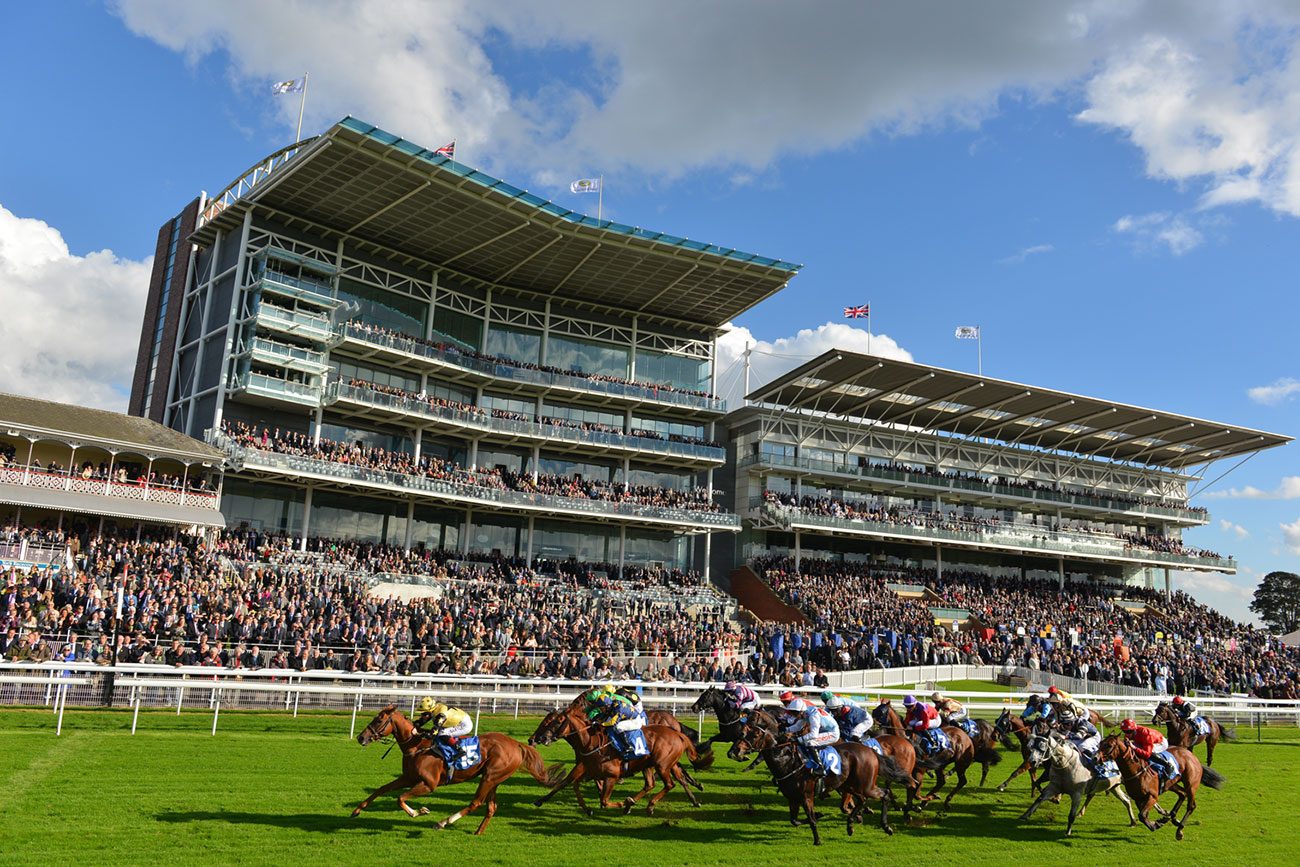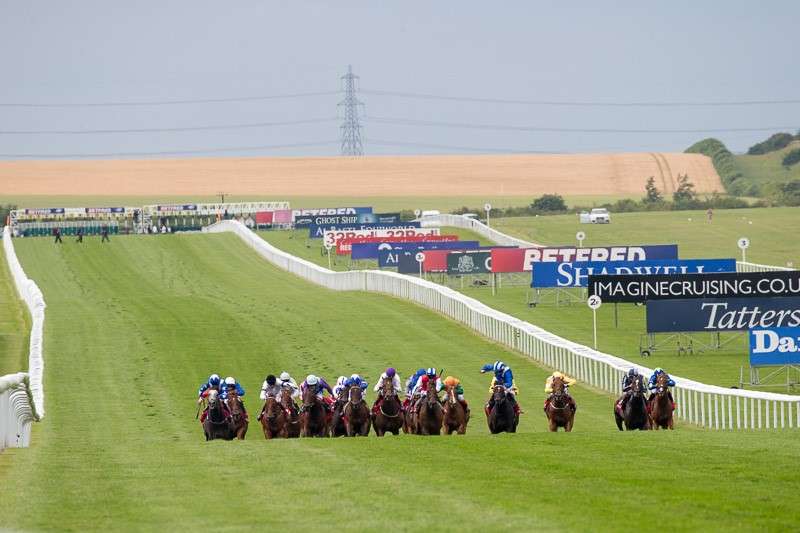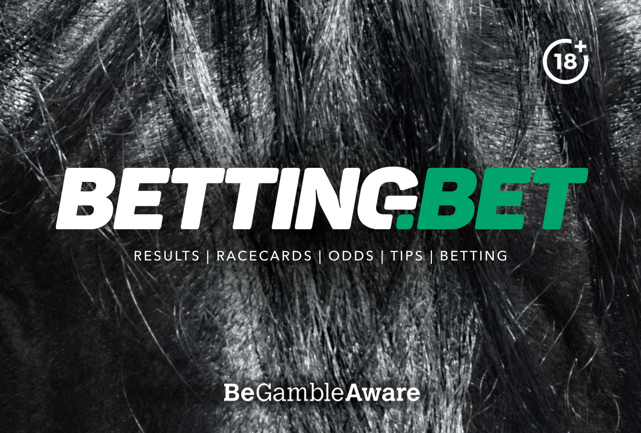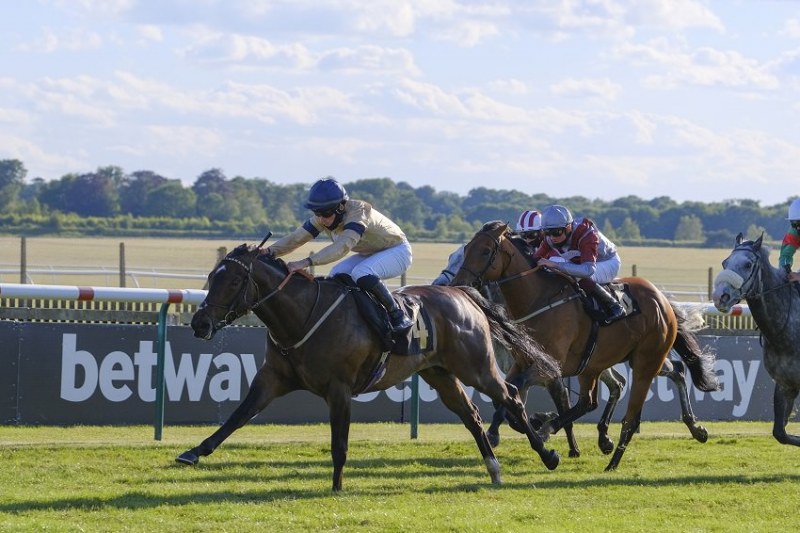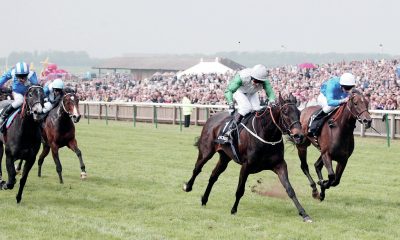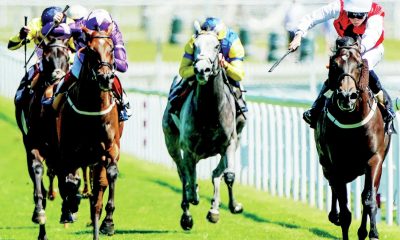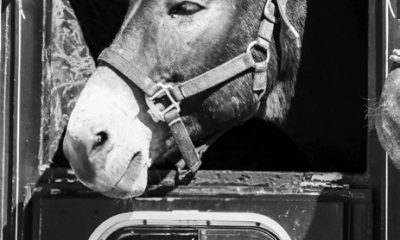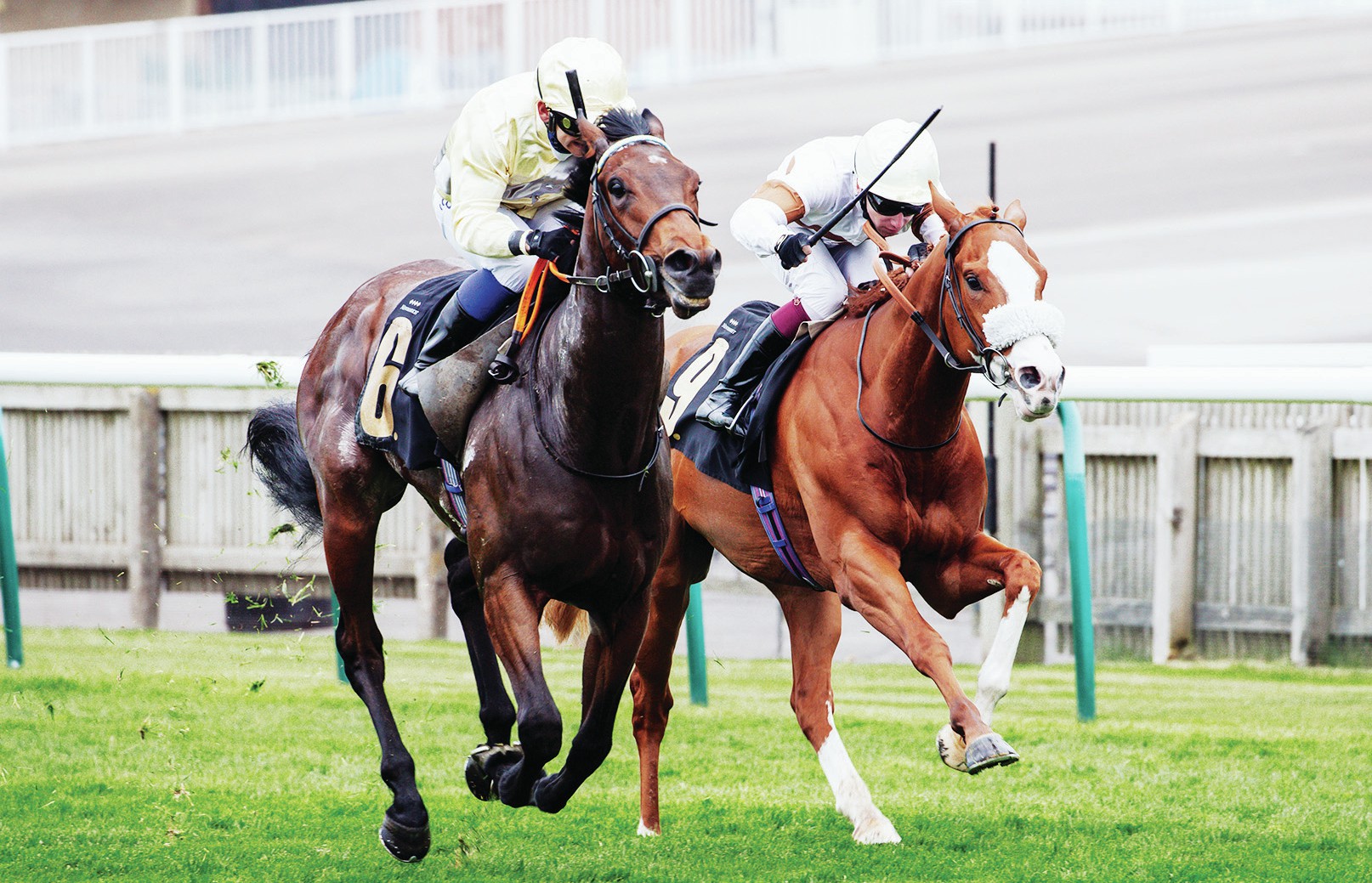
Horse racing season is one of the most exciting seasons of the year for any sports fanatic, especially if you enjoy the sports wagers that tend to go hand in hand with these events.
If you want to learn more about horse racing before the season starts, then you’re in the right place. We’re about to walk you through horse racing, how it works, what some of the key terminologies mean, and how you can learn to successfully bet on a horse at the races.
So, let’s get into it!
History of Horse Racing
Horse racing has been around since 4,500 BC and has flourished ever since. Even the ancient Greek Olympics included events for both chariot and mounted horse racing.
Modern racing as it is today started in the 12th century and was brought to America by British settlers in the 1660s. It was popular for some time amongst local communities, but it wasn’t until after the Civil War in 1868 that horse racing became an official sport itself.
The sport also faced trouble in the 1900s when anti-gambling sentiment was sweeping the American nation, but it survived through all of its rough patches in order to successfully become and remain one of the most popular sports in the US in today’s society.
Important Horse Races
There are plenty of horse racing events for you to follow in America, including the following:
Kentucky Derby
This is one of the biggest and most anticipated races that runs on the first Saturday of every May at Churchill Downs and it kicks off the Kentucky Derby Festival. The prize money totals a whopping 2 million dollars with $1,425,000 being awarded to the winner.
Preakness Stakes
Another large event in American horse racing is the Preakness Stakes. It runs on the third Saturday of May each year at the Pimlico Race Course and is the second leg of the Triple Crown (alongside the Kentucky Derby and Belmont Stakes).
Belmont Stakes
The Belmont Stakes is the third and final installment of the Triple Crown and runs in June.
Breeders’ Cup
Despite an annually changing venue, the Breeders’ Cup is another popular US horse race open to anyone who is fortunate enough to be the owner of a winning horse, and the prize money that is up for grabs has increased significantly in recent years.
Travers Stakes
Played out over 10 furlongs, the Travers Stakes started back in the mid-summer of 1864 and is still one of the biggest races in the US today, so it’s definitely one to put on the calendar!
Betting on the Horse Races
One of the main reasons why horse races are so popular and have been throughout history is because of the fact that so many people enjoy horse race betting.
Type of Bets
There are a number of different types of bets that you can place on the horse races, each with varying degrees of difficulty and different chances of returning a payoff.
- Show: You must correctly bet on a horse that finishes in 1st, 2nd, or 3rd place.
- Place: You must correctly bet on a horse that finishes in 1st or 2nd place.
- Win: You must correctly bet on the winning horse.
- Quinella: You must bet on two horses that finish in 1st and 2nd place, in any order.
- Exacta: You must bet on two horses that finish in 1st and 2nd place in the exact order.
- Trifecta: You must bet on three horses that finish in 1st, 2nd, and 3rd place in the exact order.
- Superfecta: You must bet on four horses to finish 1st, 2nd, 3rd, and 4th place.
- Daily Double: You must bet on a horse to win two consecutive races.
- Pick 3: You must bet on a horse to win three consecutive races.
- Pick 4: You must bet on a horse to win four consecutive races.
- Pick 6: You must bet on a horse to win six consecutive races.
The Odds
Horse racing odds are essentially the way prices and payouts are calculated for the races.
You will be given numbers that indicate how much money you will win if your bet comes in. The first number (displayed as 2/1, for example) tells you how much you could win, whereas the second number is how much you bet. So, in this example, you’d get $2 for every $1 bet.
Fractional odds are more commonly used in US sports betting, but there are also decimal odds that are popular in Europe and are given as 5.00, for example. In order to work out your return, you would need to multiply the odds by your original bet amount.
There are several ways to read horse racing odds:
- The Morning Line: These are given before betting actually starts and are determined by the track’s handicapper for each of the horses that are racing. The odds will be published in a program and racing form or can be found online. Keep in mind that these are subject to change throughout the day, however.
- Changing Odds: You can find these at the track (look for the tote board) or online, and can change based on how many people are betting on each horse until the start.
- Favorites: Every race has a favorite to win, which is the horse most likely to cross the finish line in the first place. If you see “JF” it stands for the joint favorite.
- Probability: You can convert fractional odds to probability percentages relatively easily. For example, a race with 1/1 odds would give you a 50% chance of winning, whereas fractional odds of 2/1 would indicate a probability of 33%.
Final Thoughts
So, there you have it! All the basics you would need to know before getting into the horse races this year, whether you’re betting them or just enjoying the races as a spectator.
We hope you’ve found this article helpful and has boosted your knowledge of horse racing!

